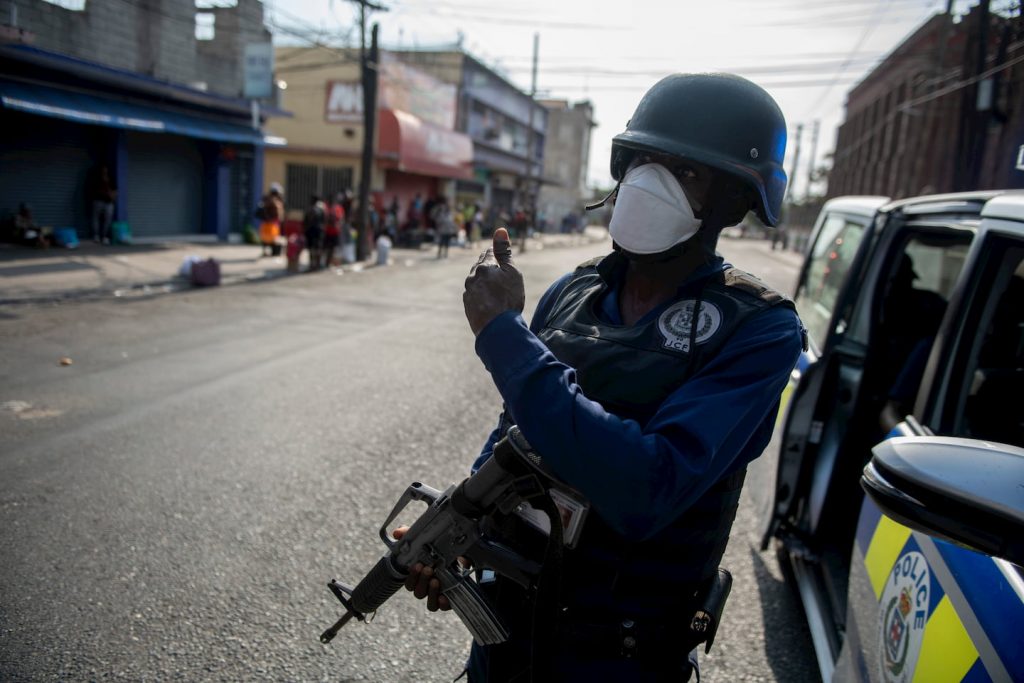Over the last few weeks, I have been following the discussion around the issue of street harassment and catcalling that has been widely ventilated across various traditional and non-traditional media channels.
Based on the conversation, it is clear that our women live in a perpetual state of fear and are firm in their view that there is nothing being done to protect them from vile interference with their personhood, nor to provide them with support after they have been forced to navigate such trauma, oftentimes alone.
In reflecting on the experiences of a number of women, it is apparent that many men do not understand boundaries, lack respect for women, and are extremely confrontational and aggressive.
There are a few things we need to acknowledge before we are able to dispel the culture of harassment that is steeped in misogyny and embedded within the notion of toxic masculinity – a term used to emphasise the harmful effects of conforming to certain traditional male norms and ideals.
Having listened to the stories of many women who have fallen victim to street harassment, and having observed the associated reactions of many men, it comes as no surprise that some of these responses are extremely problematic and have unfortunately been ingrained as part of our culture.
Utterances such as “Why was she there?” or “Why was she skimpily attired?” or “It’s just a compliment!” are just a few of the many justifications proffered to excuse the accountability of men and reinforce a position that places blame and fault squarely at the feet of women. Oftentimes perceived as light-hearted and playful conversation to men, they might very well be deemed unwelcome interactions to women.
You would think that by now, men would understand that unsolicited attention is not part of the courting process, but as has been seen, that is not the case. This behaviour, especially when it manifests as harm that exists in multiple forms, only serves to undermine the nature of human interaction, which requires the willingness of both parties and reinforces male self-interest.
In light of this, there are a few clear points that I believe are worth noting. First, women should be able to claim, own, and express their sexuality without the intrusion or interference of men. They should never have to compromise their comfort or peace of mind for the male ego, nor should they live in a perpetual state of anxiety, panic, and fear.
Second, a woman’s appearance or attire is never a man’s invitation, nor should any woman ever be blamed for being the victim of a man’s glare, his lack of self-control, and his inability to accurately read a situation. However, despite such notions, street harassment remains a serious problem and it’s evident that there’s a lot of work that has to be done in order to challenge this issue, which is so deeply embedded within our society.
Having reflected on the discussions, I am of the view that no singular method will be able to effectively address the problem of street harassment. Public education campaigns, in tandem with institutional sensitisation programmes, could create a synergy worth pursuing. By establishing channels of awareness, the public can begin to appreciate the extent to which street harassment can have extremely harmful effects and hopefully become empowered to challenge their own preconceived notions that both implicitly and explicitly reinforce such harm.
This approach would arguably thrive within an environment that has a robust legislative framework that addresses street harassment, but, surprisingly, many persons have expressed, to the contrary. In considering the apprehension, I acknowledge that the justice system has its flaws, and I recognise that the public has its doubts, but nevertheless, the law does serve a purpose.
Furthermore, while I understand the challenges associated with creating legislation that would effectively tackle street harassment, laws nevertheless exist to establish and shape moral standards, maintain order, resolve disputes, and protect individuals and their rights. There is value in providing redress for victims and penalties and sanctions for offenders.
Moreover, I believe that a corresponding response that focuses on the effects of harassment would also help to strengthen the overall approach towards challenging the culture of aggression.
By providing mental-health support and counselling for victims of street harassment, individuals would be able to unload the weight of their traumatic experiences within a safe and professional space.
I hope that the conversation is nevertheless sustained to a point where we are able to institute the most effective responses to this problem in order to ensure that our women and girls are safe and feel comfortable to exist in their own country.







